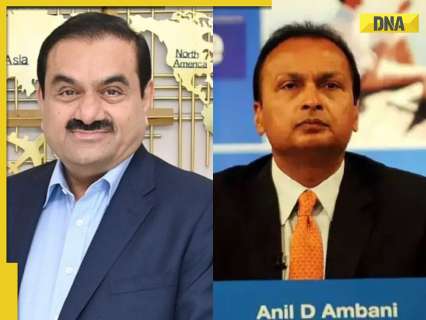Now Reading: A new book argues that revenge is an addiction – but doesn’t convince
-
01
A new book argues that revenge is an addiction – but doesn’t convince
A new book argues that revenge is an addiction – but doesn’t convince


Was the UK’s iconic Sycamore Gap tree felled in an act of revenge?
VAUGHAN/EPA-EFE/Shutterstock
The Science of Revenge
James Kimmel Jr. (Harmony Books)
Few people may readily own up to thirsting for revenge – yet it is undeniable that some of us do.
From US President Donald Trump’s fixation on score-settling to the “cancel culture” of policing on social media, and maybe even the felling of the iconic Sycamore Gap tree in the UK – possibly an attempt at payback due to one of those found guilty being at risk of eviction – revenge may be more plausible than love as the force that makes the world turn. Could we even go so far as to call it an addiction?
James Kimmel Jr. argues passionately that we can – and we must, if the world is ever to become a more compassionate place. His new book The Science of Revenge: Understanding the world’s deadliest addiction – and how to overcome it reflects his efforts, over more than a decade, to improve our understanding of the neurology driving revenge and to recognise its deadly toll.
You can’t deny Kimmel’s credentials: he is a lecturer in psychiatry at Yale University, where he leads studies into motive control, and a lawyer. As a former civil litigator, resolving non-criminal disputes, he saw how the law could be abused to progress personal grievances and punish perceived enemies, especially by the wealthy and powerful.
He also understood the impulse, he writes. Growing up in rural Pennsylvania in the early 1980s, he was bullied and his family intimidated. Their dog was even shot dead. After their mailbox was blown up, the teenage Kimmel ended up pulling a gun on his tormentors – but not the trigger.
Still, Kimmel writes, his unresolved grievances ended up leading him into law – “the professional revenge business”. After a mental breakdown, he began researching his pet theory of “revenge addiction”, pivoting to psychiatry to progress it.
Today, Kimmel points to himself as a “recovering revenge addict”, as well as to years of scientific inquiry, to make the case for “compulsive revenge seeking” to be understood as an addiction and a brain disease.
Kimmel says the desire for revenge registers in some people’s brains in much the same way as narcotics
He argues that the desire for revenge registers in the brains of some individuals in much the same way as narcotics, activating cravings, overriding impulse controls and “satisfying the same brain-biological desire for relief of pain and hedonic reward”.
If borne out, writes Kimmel, this idea could not only explain “the desire to hurt and kill”, but also present a possible path for preventing violence. He suggests that by identifying people with a tendency to feel victimised, nurse perceived grievances and ruminate on retaliation, it may be possible to stop mass shootings and other deadly outbursts in their tracks.
To make his case, he references much credible research about reward, revenge and forgiveness. He is up front about the limits of their application or relevance to his concept of revenge addiction, and includes sceptical expert voices alongside those who agree there may be something to it.
However, his eagerness to credit revenge as the cause of “all the wars, murders, and physical and psychological assaults throughout human history” may put readers off as much as it persuades them.
Kimmel doesn’t deny the relevance of “genetic factors, early trauma, or psychosocial and environmental circumstances”, and says revenge addiction isn’t intended to excuse people who commit violent crimes. But that is often the impression he creates, such as when he likens experiencing a bout of potentially murderous “revenge cravings” to a heart attack.
This is both confusing and clumsy. Kimmel is most compelling when he tells the stories of people who escaped lives shaped by hate, such as a former Ku Klux Klansman who now helps others. But his fixation on revenge as the root of all evil risks pushing nuance and other contributing factors (such as misogyny or childhood sexual abuse) to the side.
His analyses of mass murderers’ manifestos and the psychologies of Adolf Hitler, Joseph Stalin and Mao Zedong via the narrow (at best) lens of revenge addiction sit particularly uncomfortably. Revenge may be under-acknowledged as a motivating force throughout history, but Kimmel may be too close to his subject.
Elle Hunt is a writer based in Norwich, UK

New Scientist book club
Love reading? Come and join our friendly group of fellow book lovers. Every six weeks, we delve into an exciting new title, with members given free access to extracts from our books, articles from our authors and video interviews.
Topics:























